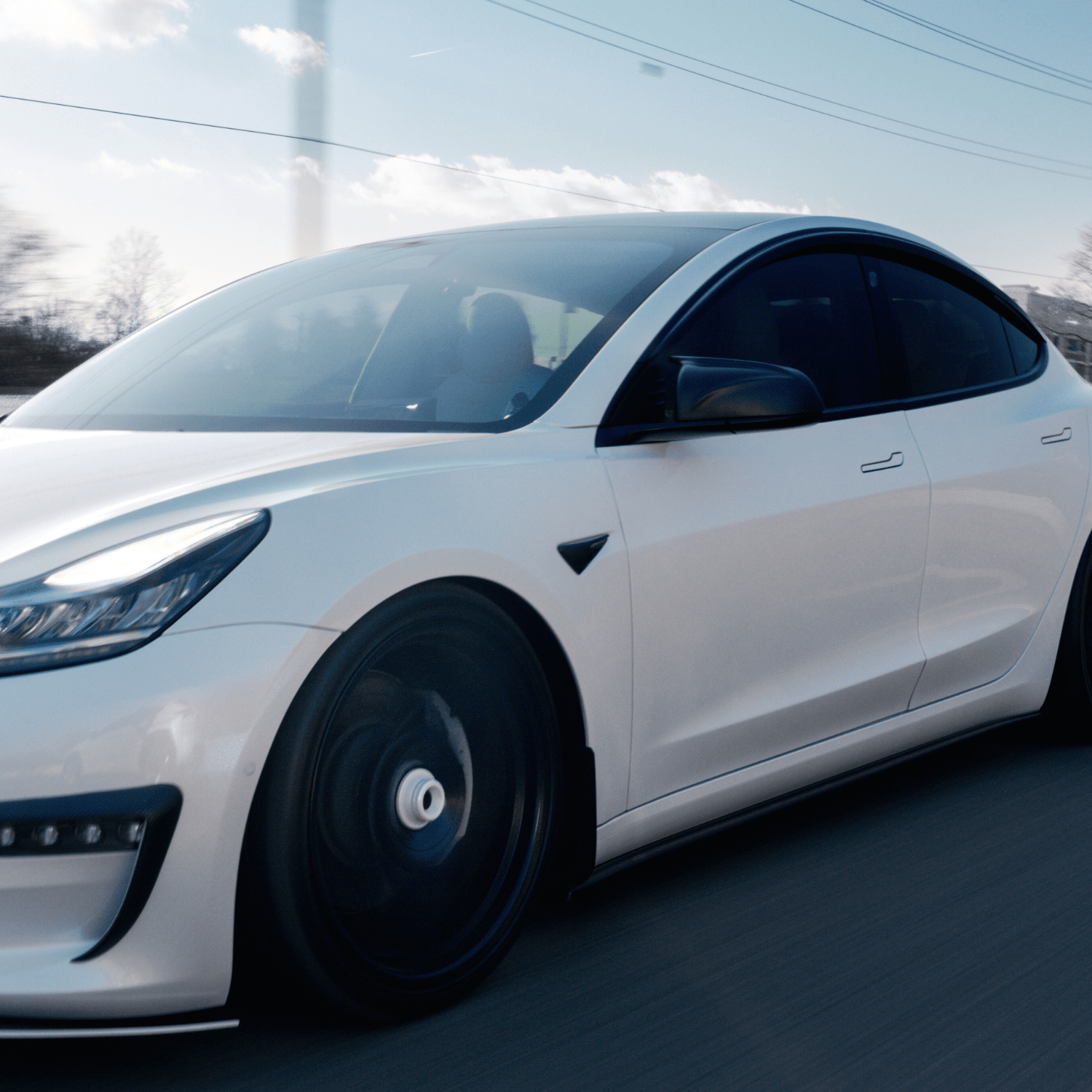
The evolution of self-driving technology has changed the way we think about road safety, responsibility, and liability. What once felt like science fiction is now a daily reality for thousands of drivers in the U.S. Cars equipped with autopilot and autonomous driving systems—like Tesla’s Autopilot, GM’s Super Cruise, and other advanced driver assistance systems (ADAS)—are hitting the roads in increasing numbers. But what happens if you’re injured while your car is in self-drive mode? Can you still pursue compensation?At My Super Lawyer, we specialize in helping injury victims navigate complex and evolving legal questions like this one. Let’s break it down and explore how liability works when autonomous driving systems are involved, and how you can protect your rights if you’ve been hurt in one of these futuristic—but still very real—accidents.
Understanding Self-Drive Mode
Self-driving mode refers to an advanced driver assistance system that automates some or most driving functions. However, it’s important to understand that as of today, no consumer vehicle on U.S. roads is considered “fully autonomous.” Even the most advanced systems still require driver attention, and the human behind the wheel is expected to intervene if necessary.
That distinction becomes crucial when determining liability in the event of a crash.
Common Types of Self-Drive Mode Accidents
Injuries that occur while a vehicle is operating in self-drive mode can stem from:
- System malfunctions (e.g., failure to brake, misreading lane lines)
- Human error, such as the driver misusing the technology
- Software glitches or updates
- External factors like other reckless drivers, pedestrians, or road debris
Understanding the cause of the accident is the first step toward determining who is responsible—and therefore who should pay for your injuries.
Who Could Be Liable for a Self-Driving Car Accident?
When a crash happens in self-driving mode, several parties may bear legal responsibility:
1. The Driver
Even in self-drive mode, many manufacturers clearly instruct drivers to stay alert and keep their hands on the wheel. If a driver was watching a movie, sleeping, or otherwise distracted when the accident occurred, they may be partially or fully at fault—even if the car was “driving itself.”
2. The Car Manufacturer
If a defect in the vehicle’s self-driving system contributed to the crash, the manufacturer could be held liable under product liability laws. For instance, if Tesla’s Autopilot failed to detect a stopped vehicle and crashed into it, the automaker might be responsible for resulting injuries.
3. The Software Developer
Self-driving systems rely heavily on software and AI algorithms. If the software controlling the vehicle made a critical error—such as misidentifying a pedestrian or misinterpreting road signs—the software company (or the automaker who implemented it) could face legal consequences.
4. Third-Party Drivers or Entities
Sometimes, the accident may not be the fault of the self-driving car at all. If another driver ran a red light or a city agency failed to fix malfunctioning traffic lights, those third parties may share in the blame.
Can You File a Personal Injury Claim?
Yes, if you were injured—whether as the driver, passenger, or another road user—while a car was in self-drive mode, you can file a personal injury claim. The key is proving negligence or liability. This may include:
- Investigating black box data from the car
- Reviewing software logs
- Interviewing witnesses
- Examining camera footage
- Consulting with engineering experts
Your legal team will also need to account for the unique challenges posed by self-driving technology. It’s not enough to say “the car messed up”—you have to identify how and why it failed, and who should have prevented it.
Compensation You May Be Entitled To
If your claim is successful, you could recover compensation for:
- Medical bills (emergency care, surgeries, rehab, etc.)
- Lost wages and reduced earning capacity
- Pain and suffering
- Emotional distress or PTSD
- Vehicle damage or property loss
- Long-term care or disability accommodations
The amount of compensation depends on the severity of your injuries, the clarity of liability, and the quality of legal representation you receive.
What If You Were a Passenger?
Passengers injured in self-driving car crashes have the right to pursue compensation just like any other accident victim. You may be able to file a claim against:
- The driver of the vehicle
- The manufacturer
- Another at-fault party involved in the crash
Passengers are rarely held liable, so your case may be more straightforward—especially with the help of a skilled attorney who understands the nuances of autonomous technology.
Self-Driving Accidents and Insurance
Insurance companies are still adapting to self-driving vehicles. Some policies may have specific clauses related to autonomous features. In many cases, insurance companies will try to shift blame onto the driver or another party to avoid paying a claim.
That’s why it’s essential not to speak to insurers without legal representation. They may use your words against you or pressure you into settling for less than your case is worth.
What to Do After a Self-Drive Mode Accident
If you were injured in a crash involving a self-driving vehicle, take the following steps:
- Call 911 – Report the accident and get medical attention immediately.
- Gather evidence – Take photos of the scene, your injuries, and vehicle damage.
- Exchange information – Get contact and insurance details from everyone involved.
- Do not admit fault – Even a simple apology can be used against you.
- Request a copy of the police report – This may include key information about the crash.
- Contact a personal injury lawyer – Especially one experienced in autonomous vehicle cases.
Why These Cases Are More Complex
Cases involving self-drive mode aren’t typical fender-benders. They require:
- Technical knowledge of AI systems and vehicle software
- Access to expert witnesses in engineering, computer science, and traffic safety
- Aggressive investigation to uncover system malfunctions
- Knowledge of liability law, which may vary depending on state jurisdiction
This complexity makes it even more critical to have a lawyer who knows how to handle these emerging issues—and how to maximize your financial recovery.
Find the Right Lawyer With My Super Lawyer
If you were injured while your car was in self-drive mode, you don’t have to figure it out on your own. My Super Lawyer connects you with the perfect injury lawyer for your unique situation—someone who understands both personal injury law and the rapidly evolving world of autonomous driving.
With a 99% success rate and over $2 billion recovered for injury victims, My Super Lawyer makes it easy to take the next step toward justice. Whether your case involves a software failure, driver negligence, or a malfunctioning vehicle, we’ll match you with a top-rated attorney who can fight for maximum compensation.
Don’t leave your future in the hands of insurance companies or tech giants. Let My Super Lawyer put the law—and the best lawyers—on your side. Contact us today to get matched with the right attorney for your self-driving accident case.
Get matched with the perfect injury lawyer today. My Super Lawyer is here to help you win. Contact us today for a free case consultation at 866-680-1181.
